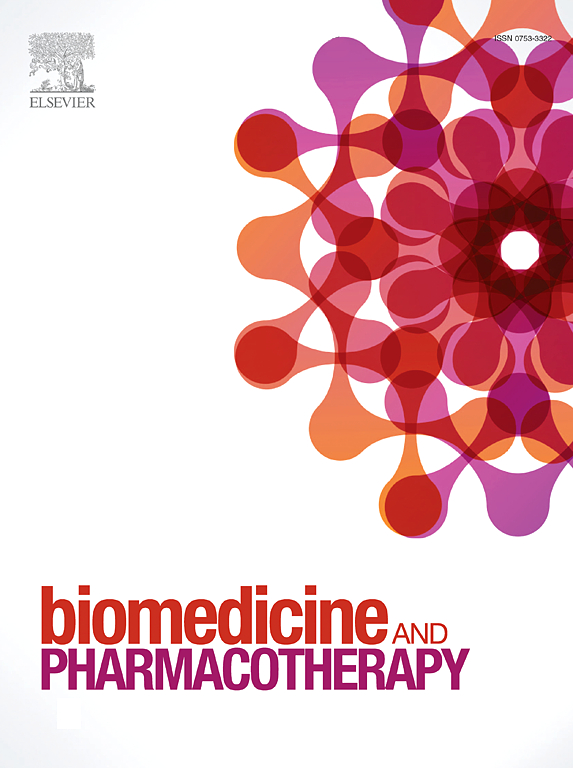Rosuvastatin restores liver tissue-resident NK cell activation in aged mice by improving mitochondrial function
IF 6.9
2区 医学
Q1 MEDICINE, RESEARCH & EXPERIMENTAL
引用次数: 0
Abstract
Background and aim
Aging has an impact on Natural Killer (NK) cells surveillance against tumors and infections. Our study aims to assess the aging effects on metabolic and mitochondrial markers influencing NK cell activity.
Methods
C57BL/6 J mice aged 12, 24, 48, and 72 weeks were used. Liver injury serum and histological markers, pro-inflammatory cytokines [IL-1β, IL-2, IL-6] and chemoattractant markers [CCL2, CXCL8] were assessed. Moreover, cholesterol metabolic markers [HMG-CoA synthetase, HMG-CoA reductase, mevalonate kinase], mitochondrial biogenesis [PGC1α] and functional gene markers [TFAM, HSPA9, Seahorse, apoptosis] in liver trNK cells, were assessed by RT-PCR. Senescence [p16, p21], exhaustion [PD-1, TIGIT, LAG3], activation [CD107a, NKp46], and chemokine receptor [CCR2, CXCR1] markers were assessed in trNK cells using flow cytometry. Liver trNK cells of aged mice were treated with Rosuvastatin [10μM] for 12 h.
Results
Data showed a linear increase in liver injury markers, pro-inflammatory and chemotaxis along aging. These results were associated with reductions in liver trNK cell counts and activations with a noticeable decrease in their chemoattractant receptor expressions. TrNK cells of aged mice exhibited elevated markers of senescence and exhaustion with a gradual increase in cholesterol accumulation. Mitochondrial biogenesis and functional gene markers showed a decrease in their expressions in aged mice while ameliorated following rosuvastatin treatment. Results were correlated with a decrease in cholesterol metabolism and restoring their NK cell activity.
Conclusion
Our study demonstrates age-related cholesterol accumulation in trNK cells correlated with senescence and functional impairment. Rosuvastatin is suggested to boost, rejuvenate and recover NK cell functionality.
求助全文
约1分钟内获得全文
求助全文
来源期刊
CiteScore
11.90
自引率
2.70%
发文量
1621
审稿时长
48 days
期刊介绍:
Biomedicine & Pharmacotherapy stands as a multidisciplinary journal, presenting a spectrum of original research reports, reviews, and communications in the realms of clinical and basic medicine, as well as pharmacology. The journal spans various fields, including Cancer, Nutriceutics, Neurodegenerative, Cardiac, and Infectious Diseases.

 求助内容:
求助内容: 应助结果提醒方式:
应助结果提醒方式:


